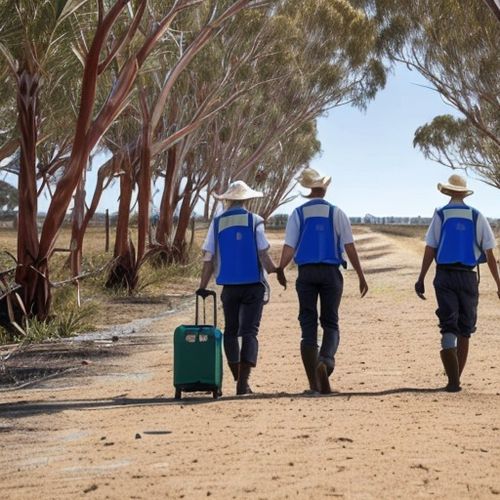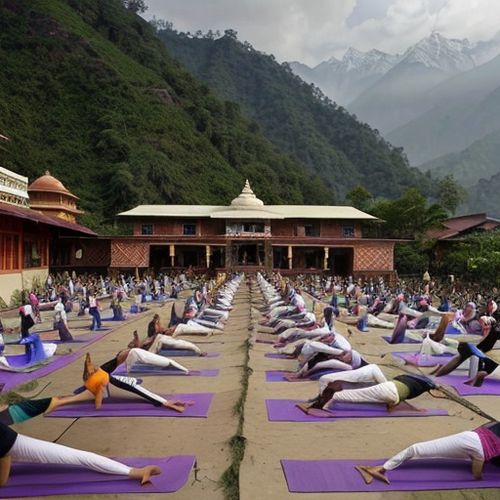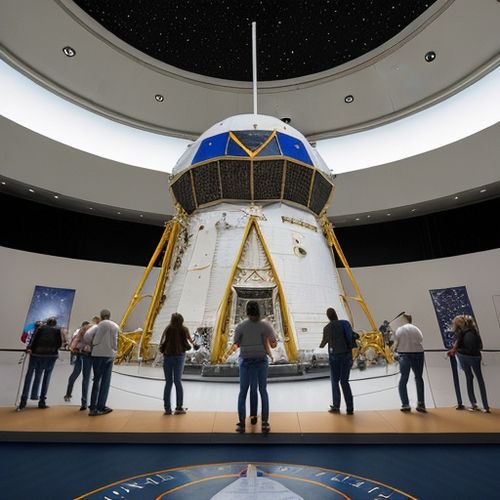The return of working holiday makers to Australia in numbers matching pre-pandemic levels has been widely celebrated as a sign of recovery for regional economies and agricultural sectors. However, beneath the surface of this apparent success story lie growing concerns about the sustainability of this labor model and its broader implications for both workers and host communities.
Australia's working holiday visa program has long been a cornerstone of its seasonal workforce, particularly in farming, hospitality, and tourism. Before COVID-19 struck, over 200,000 young foreigners arrived annually under this scheme, filling crucial gaps in rural labor markets. The pandemic saw these numbers plummet to just 23,000 in 2021, causing severe disruptions across multiple industries. Now that arrivals have rebounded to 2019 levels, many businesses are breathing sighs of relief - perhaps prematurely.
The romanticized image of carefree young travelers picking fruit under the Australian sun obscures a more complex reality. Reports of exploitation have persisted for years, with underpayment, unsafe working conditions, and unreasonable deductions for accommodation being disturbingly common. The post-pandemic labor shortage has created an environment where some unscrupulous employers feel even more empowered to take advantage of vulnerable temporary workers who lack local support networks.
Regional communities that rely heavily on working holiday makers face their own set of challenges. The transient nature of this workforce creates boom-bust cycles in small towns, where infrastructure struggles to cope with seasonal population surges. Housing shortages have reached crisis levels in some areas, with both locals and temporary workers competing for limited accommodation. This has driven up rents while doing little to create stable, long-term communities.
Perhaps most concerning is how the system's flaws disproportionately affect workers from certain countries. While British, French, and German backpackers typically move through the program with relative ease, those from developing Asian nations often report greater difficulties finding fair work and avoiding exploitation. This raises uncomfortable questions about systemic biases within what's supposed to be a cultural exchange program.
The environmental impact of mass working holiday travel also deserves scrutiny. The carbon footprint of thousands of young people flying to Australia for short-term stays, then often taking multiple domestic flights to follow harvest trails, contradicts the country's climate commitments. Unlike skilled migrants who might settle long-term, working holiday makers' brief stays maximize environmental costs while minimizing broader economic benefits.
Australia isn't alone in facing these dilemmas. Other countries with similar schemes, including New Zealand and Canada, report parallel issues with their working holiday programs. What makes Australia's situation particularly acute is its heavy reliance on this labor source across entire industries, combined with limited viable alternatives for many businesses.
Some industry groups argue the solution lies in expanding the program further, perhaps by raising age limits or extending visa durations. However, critics counter that this would only amplify existing problems without addressing root causes. They point to the need for proper labor market testing to ensure jobs can't be filled locally, stronger protections for temporary workers, and investment in automation to reduce dependence on precarious labor models.
The working holiday program sits at a crossroads. It undoubtedly provides valuable cultural exchanges and fulfills labor needs in sectors Australians often avoid. Yet its current form appears increasingly unsustainable, caught between business demands for cheap, flexible labor and society's growing expectations around workers' rights and environmental responsibility.
As arrivals continue climbing back to pre-pandemic levels, Australia faces difficult choices. Maintaining the status quo risks perpetuating worker exploitation and community disruption. Substantive reform could alienate industries hooked on temporary labor. What's clear is that the working holiday miracle comes with hidden costs that can no longer be ignored.

By Jessica Lee/Apr 7, 2025

By Emily Johnson/Apr 7, 2025

By Jessica Lee/Apr 7, 2025

By Joshua Howard/Apr 7, 2025

By Amanda Phillips/Apr 7, 2025

By Sophia Lewis/Apr 7, 2025

By Samuel Cooper/Apr 7, 2025

By Michael Brown/Apr 7, 2025

By Elizabeth Taylor/Apr 7, 2025

By Sarah Davis/Apr 7, 2025

By Daniel Scott/Apr 7, 2025

By Grace Cox/Apr 7, 2025

By Grace Cox/Apr 7, 2025

By Ryan Martin/Apr 7, 2025

By Christopher Harris/Apr 7, 2025

By Lily Simpson/Apr 7, 2025

By Elizabeth Taylor/Apr 7, 2025

By Christopher Harris/Apr 7, 2025

By Noah Bell/Apr 7, 2025

By Thomas Roberts/Apr 7, 2025